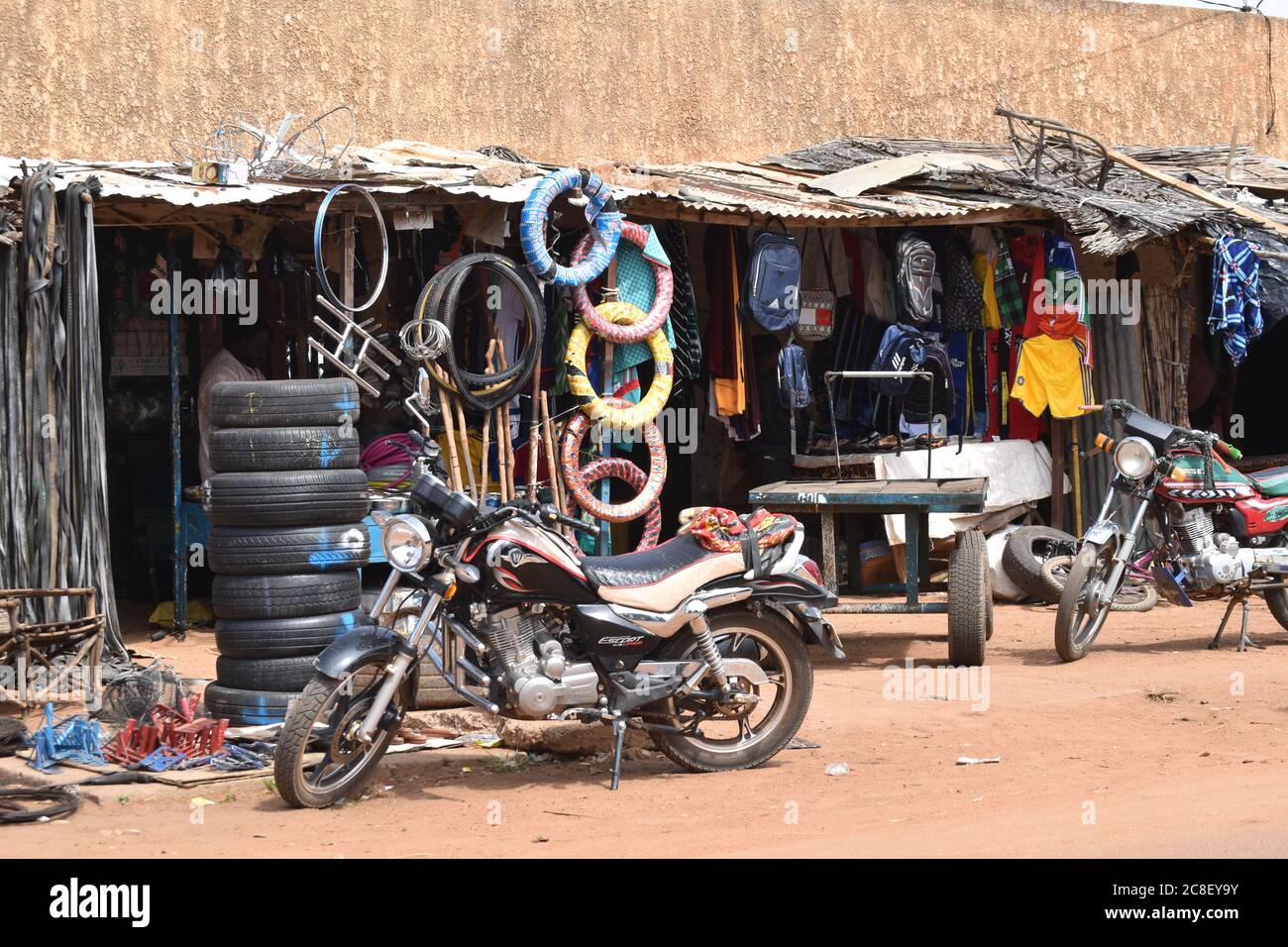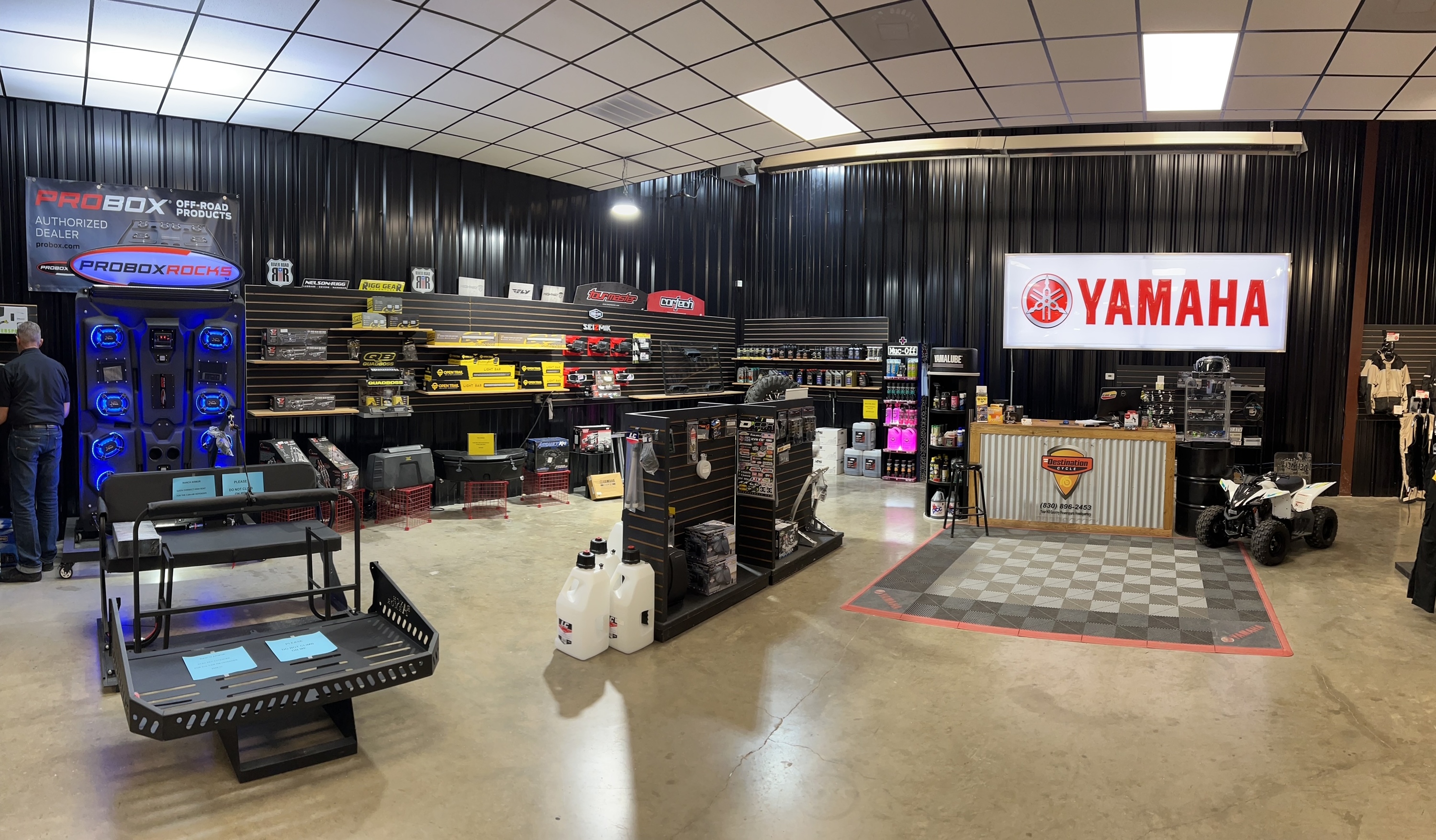Must-Have Motocross Gear: Elevate Your Riding Experience Today
Must-Have Motocross Gear: Elevate Your Riding Experience Today
Blog Article
Recognizing the Necessary Components of a Bike: A Comprehensive Guide for Lovers
For bike enthusiasts aiming to boost their riding experience and ensure their bikes run efficiently, recognizing the essential parts of a motorbike is paramount. Each aspect, from the engine's intricate operations to the essential function of the braking devices, not only affects performance yet also security and comfort. This overview will go through the basic parts that every biker need to recognize with, making it possible for educated choices in both upkeep and prospective upgrades. As we begin this exploration, one must ask: exactly how does each component engage to create the smooth experience every fanatic seeks?
Engine Elements

The camshaft plays an essential role in managing the timing of the engine's valves, making certain the exact opening and closing required for reliable fuel and air intake, along with exhaust expulsion. This timing is important to maintaining optimum engine performance and performance. In addition, the carburetor or gas injection system, relying on the motorbike model, is responsible for mixing air with gas in the appropriate proportion for burning.
The air conditioning system, either air or liquid-based, functions to preserve the engine's temperature level within functional limits, stopping getting too hot and guaranteeing durability - motorcycle shop. Each component, diligently designed and incorporated, adds to the smooth procedure of the engine, defining the motorbike's power output and total efficiency
Transmission System
Indispensable to the motorbike's performance, the transmission system ensures effective power transfer from the engine to the wheels. This system consists of a number of crucial components, including the clutch, gearbox, and final drive, each playing a crucial duty in converting the engine's power into activity. The clutch, commonly operated by a hand lever, offers to disengage the engine and involve from the transmission, permitting smooth gear changes and controlled acceleration.
The transmission, usually referred to as the transmission correct, has a collection of equipments that motorcyclists can manually shift via to readjust the bike's rate and torque output. These equipments are organized in a sequence that makes it possible for the bike to speed up efficiently and keep ideal engine performance throughout numerous rates. Most motorbikes make use of a consecutive transmission, needing the motorcyclist to change gears in a fixed order.
Braking Mechanisms
While recognizing the transmission system is vital to using a bike's power, equally vital is the ability to regulate and stop that power efficiently, which is where braking devices come right into play. Brakes are critical for safety and efficiency, offering the cyclist with the essential control to browse various surfaces and problems. Normally, bikes feature two kinds of braking systems: disc brakes and drum brakes.
Disc brakes are more widespread in contemporary motorcycles because of their remarkable efficiency. They contain a brake disc, caliper, and pads. When activated, the caliper presses the brake pads against the rotating disc, transforming kinetic energy right into warm, consequently reducing the wheel. This system provides better heat dissipation, consistent efficiency, and enhanced quiting power, particularly in try this out damp conditions.
Alternatively, drum brakes, though much less common, are still found in some bikes. They function by pressing brake shoes versus the internal surface of a drum affixed to the wheel. While generally less efficient in warmth dissipation and stopping power, drum brakes are less complex and much more affordable.
Comprehending these stopping systems' subtleties permits cyclists to maintain their bikes properly and appreciate the engineering that guarantees secure and effective stopping.
Suspension and Guiding
Suspension and steering systems are vital components that significantly affect a motorbike's handling and ride convenience. The shock absorber, being composed of forks at the front and shock absorbers at the rear, takes in road abnormalities, improving stability and control. Front forks, usually telescopic or inverted, compress and rebound to reduce influences, while back shock absorbers maintain tire contact with the roadway, important for traction and safety.
Steering, focused around the handlebars, links the motorcyclist to the motorbike's directional control. The steering head bearings ensure smooth operation, enabling specific ability to move. Correct alignment and upkeep of these bearings are crucial for foreseeable guiding action and decreasing rider exhaustion.
The suspension's adjustability is an additional essential facet; preload, damping, and rebound settings permit modification to match different riding designs and conditions. This adaptability is essential for maximizing efficiency, whether browsing urban roads or tackling sturdy routes. Advancements like electronic shock absorber use real-time modifications, improving ride high quality throughout diverse terrains.

Electrical Equipments
After ensuring a smooth and regulated adventure with reliable suspension and guiding systems, interest transforms to the electrical systems, a crucial aspect of contemporary bikes. These systems play a crucial duty not only in beginning the engine but additionally in powering various elements that boost the functionality and safety and security of the motorcycle.
At the heart of a motorbike's electric system is the battery, which shops electrical power needed for beginning the engine and powering auxiliary systems - moto parts nz. The generator or generator, paired with the rectifier-regulator, makes certain the battery remains charged while the bike is in operation, converting power right into electric energy and maintaining voltage levels
The ignition system, another crucial part, is in charge of igniting the air-fuel mixture in the engine's cylinders. Modern bikes often make use of a digital ignition system, providing better performance and integrity compared to standard systems.
Lighting systems, consisting of headlights, tail lights, and signs, are additionally important, guaranteeing exposure and safety for the rider. Extra electronic components such as sensing units, control systems, and presents contribute to advanced attributes like gas shot management, anti-lock stopping systems (ABDOMINAL MUSCLE), and budget riding jacket electronic control panels, further improving the riding experience.
Verdict
A comprehensive understanding of a motorbike's necessary components, consisting of the engine, transmission system, braking devices, suspension, steering, and electric systems, is vital for lovers intending to optimize comfort, safety and security, and performance. Proficiency of these elements permits educated choices pertaining to maintenance and upgrades, eventually boosting the riding experience. By integrating this knowledge, cyclists can ensure their motorbikes run at peak effectiveness and integrity, thereby maximizing both enjoyment and durability of their automobiles.
For motorcycle lovers looking to boost their riding experience and guarantee their bikes run efficiently, recognizing the necessary parts of a motorcycle is recommended you read critical.Essential to the motorbike's capability, the transmission system ensures efficient power transfer from the engine to the wheels.While understanding the transmission system is essential to using a bike's power, similarly vital is the ability to manage and quit that power properly, which is where stopping devices come into play. Typically, motorcycles feature two kinds of braking systems: disc brakes and drum brakes.
A comprehensive understanding of a motorbike's vital components, including the engine, transmission system, braking devices, suspension, guiding, and electric systems, is crucial for enthusiasts intending to maximize security, performance, and convenience.
Report this page